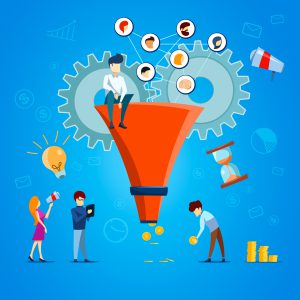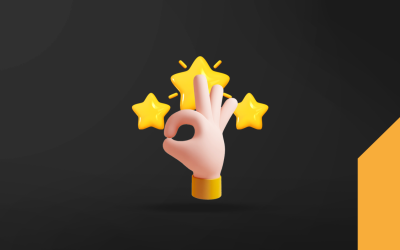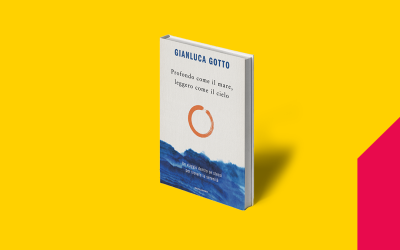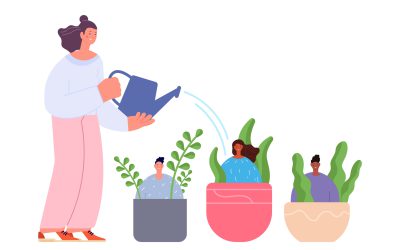How to structure a Funnel Marketing that works
Funnel marketing is an effective strategy for attracting audiences who are genuinely interested in your products and services, avoiding unnecessary waste of time and money on redundant communications and advertising.
But what exactly is Funnel Marketing? How does this sales strategy work and what are the steps involved in getting straight to the target?

Funnel Marketing, the meaning
Still little known in SMEs, or implemented unconsciously to attract new customers, Funnel Marketing is an established reality in large companies.
A particular communication and sales strategy, Funnel Marketing aims to engage customers and potential such who are genuinely interested in a product or service the company has to offer. Through its careful communication steps, it enables a gradual skimming of those who are not going to buy the product/service or “listen” to what the company has to say. In fact, its name is derived from the English etymology of “funnel,” which stands for the purchasing path that streamlines at each step the number of users interested in turning into customers.
What are the steps of Funnel Marketing
Funnel Marketing consists of four different phases, which narrow down the number of people involved as they go along, such as:
- awareness: the potential customer feels he or she has a need to fill and, through advertising or word of mouth, learns about a brand, product, or service that is useful for his or her purpose. However, he is still undecided on whether to proceed with the purchase as he is faced with a wide and varied offer;
- interest: this is the stage when consumers have already gathered the information they need about the brand, product or service and begin to increase their interest, curiosity and familiarity with the offering. For effective Funnel Marketing, the brand must create engagement to stand out with its products and services in the eyes of the user, without being pushy. It must convey authority and reliability at a precise time when the user is undecided and researching all the advantages and disadvantages of a product they would like to purchase;
- consideration: the potential customer, already close to purchase, makes a final skim at this stage, comparing the product or service and its features with others in the industry. The goal of the company close to acquiring a new customer is to keep the competition at bay by demonstrating that its product is more functional in solving the need;
- purchase: purchase is the final step in a successful Funnel Marketing strategy.a Often these four phases of Funnel Marketing are supplemented by a fifth, Loyalty, aimed at customer retention.
What the sales funnel is for
The precise construction of a Funnel Marketing strategy by a company is important for the brand to make itself known to more people who might be interested in its offering. But it also serves to increase convertible users at the final step of a purchase, intercepting only those who are truly engaged and on whom segmented communications have the greatest effect. Thus, a successful Funnel Marketing strategy is one that sees the customer not only satisfied with their purchase, but retained so that they in turn become testimonials and ambassadors in word-of-mouth marketing.
How to make a funnel
For an effective Funnel Marketing strategy, it is first essential to build communications and messages tailored to the target customer you want to “hit.” Thus, to build an effective sales funnel, four specific steps must be followed, namely:
- Awareness: before this stage, you need to define your Buyer Personas, i.e., the typical customers of your product/service;
- Interest: to increase engagement, targeted online and offline communications are useful, making use of specific web tools such as Facebook Ads, SEO, Google Ads, as well as e-mail marketing, to collect leads, and the design of an ad hoc landing page. In addition, including a lead magnet, such as a free trial or a discount coupon on the first purchase, can be the right move to move on to the next stages of Consideration and Purchase;
- Consideration: at this stage, one goes to choose a communication that, without discrediting, allows the company to rise above the competition by demonstrating, with attention to benefits, that its product is more functional in satisfying the need;
- Purchase: the customer has completed the purchase. At this point, contact-gathering strategies can be devised so as to reconnect and build loyalty (e.g., newsletter subscription).
To learn how to do Funnel Marketing, Phyd provides its users with courses in Italian and English taught by top providers. There are courses aimed at those who approach this web marketing strategy with little or no experience, and others designed to delve into specific aspects of it.










0 Comments